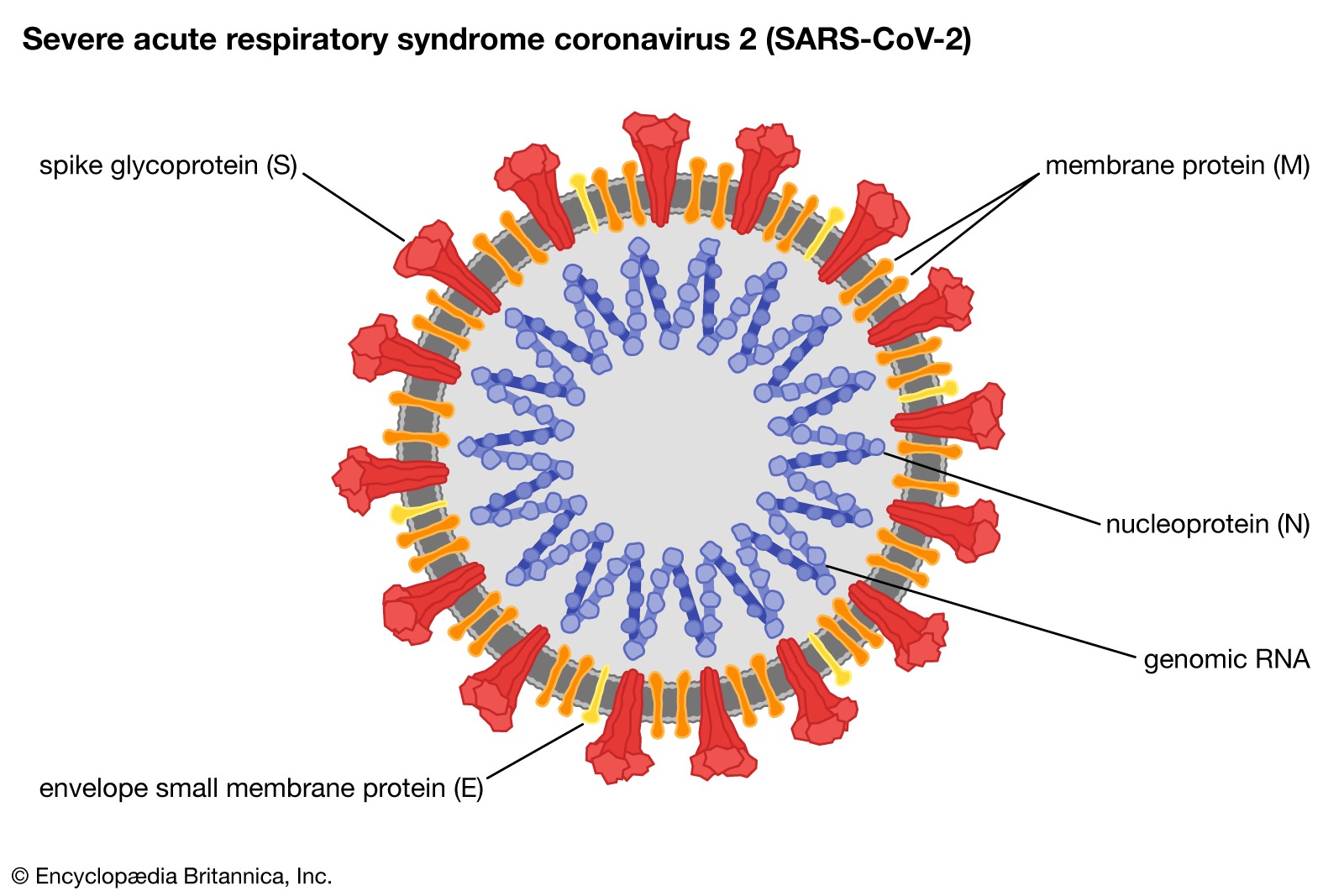Why is the rate so high in society 2024
Rates Are High in Society: A Multifaceted Exploration Many social issues, trends, and phenomena are characterized by high rates. From unemployment to crime to divorce rates, understanding “why” is crucial for addressing these challenges. This comprehensive guide explores the complex reasons behind high rates in various aspects of society, using a multifaceted approach.
Delving Deeper: Beyond Simple Explanations
Delving Deeper: Beyond Simple Explanations in Understanding Social Issues Many social issues, trends, and phenomena are often explained with oversimplified narratives. High unemployment rates might be blamed on laziness, crime on bad parenting, or divorce on a decline in morals. This guide delves deeper, exploring the complexities behind these issues and advocating for a multifaceted approach to understanding them.
The Pitfalls of Simple Explanations:
Attributing complex social issues to single causes can be misleading and unproductive. Here’s why simple explanations fall short:
- Overlooking Systemic Issues: High unemployment rates might not simply be a matter of individual work ethic. Factors like economic policies, globalization, and automation might play a more significant role. Simple explanations overlook these systemic issues that require broader solutions.
- Victim Blaming: Blaming individuals for social problems can be victim-blaming. For instance, attributing high crime rates to bad parenting fails to consider factors like poverty, lack of opportunity, or gang culture. This approach ignores the root causes of the problem.
- Discourages Action: Simple explanations can discourage people from taking action. If high divorce rates are simply seen as a moral failing, couples might hesitate to seek help with communication or conflict resolution. A more nuanced understanding can empower individuals to seek solutions.
Embracing a Multifaceted Approach:
Understanding complex social issues requires considering various contributing factors. Here’s a framework for approaching them comprehensively:
- Socioeconomic Factors: Poverty, lack of education, and income inequality significantly impact societal challenges. For example, unemployment rates might be higher in areas with limited job opportunities.
- Cultural Norms and Values: Cultural beliefs and values shape our behavior. Certain cultures might have a higher tolerance for violence, contributing to crime rates. Cultural attitudes towards family might influence divorce rates.
- Historical Context: Past events and policies can have long-lasting effects. For instance, historical discrimination might contribute to ongoing social and economic disparities in certain communities.
- Government Policies and Legislation: Public policies directly impact social issues. Stricter gun control laws might be associated with lower crime rates, while lax regulations on environmental protection might lead to higher pollution levels.
- Technological Advancements: Technology has both positive and negative consequences. Social media, for instance, can contribute to social isolation and anxiety, potentially impacting mental health.
Examples of Multifaceted Analysis:

Let’s consider some real-world examples:
- High Incarceration Rates: Explanations beyond individual criminal behavior might include racial profiling, harsh sentencing, and lack of rehabilitation programs within the justice system.
- High Dropout Rates: Going beyond a lack of student motivation, we might consider factors like poverty, inadequate educational resources, and a challenging school environment.
- High Rates of Mental Health Issues: Simple explanations like personal weakness might overlook societal pressures, lack of access to mental health services, or the increasing workload and stress of modern life.
Benefits of a Multifaceted Approach:
By embracing complexity, we gain several advantages:
- Identifies Root Causes: Focusing on various contributing factors helps us identify the root causes of social issues. This allows for more effective solutions.
- Promotes Empathy: A deeper understanding can cultivate empathy for those facing challenges. This is essential for building social cohesion and addressing issues collectively.
- Empowers Action: A nuanced understanding empowers individuals and communities to advocate for change. They can target specific aspects of an issue rather than relying on broad generalizations.
Conclusion: A Call for Complexity
Understanding social issues requires embracing complexity. By going beyond simple explanations and adopting a multifaceted approach, we can develop effective solutions and create a more just and equitable society. This comprehensive approach acknowledges the interplay of various factors, fosters empathy, and empowers individuals and communities to work towards positive change.
Understanding high rates requires examining various contributing factors. While some explanations might seem straightforward, the reality is often more nuanced. Here’s a breakdown of key considerations:
- Socioeconomic Factors: Poverty, lack of education, and income inequality can significantly impact social issues. For instance, poverty can increase crime rates as individuals struggle to meet basic needs. Lack of education can limit employment opportunities and contribute to unemployment.
- Cultural Norms and Values: Cultural beliefs and values can influence societal behaviors. Certain cultures might have a higher tolerance for violence, leading to higher crime rates. Similarly, cultural attitudes towards marriage and divorce can influence divorce rates.
- Historical Context: Past events and policies can have long-lasting effects on society. For example, historical discrimination might contribute to ongoing social and economic disparities, leading to higher rates of poverty or unemployment in certain communities.
- Government Policies and Legislation: Public policies directly impact social issues. Stricter gun control laws might be associated with lower crime rates, while lax regulations on environmental protection might lead to higher pollution levels.
- Technological Advancements: Technology can have both positive and negative consequences. Social media, for instance, can contribute to societal fragmentation and feelings of isolation, potentially leading to higher rates of depression or anxiety.
Exploring Specific Issues with High Rates
Let’s delve into some specific examples of high rates and explore the multifaceted factors contributing to them:
- High Unemployment Rates: Factors like economic recession, job automation, and a mismatch between skills and available jobs can lead to high unemployment rates. Additionally, globalization can result in companies moving jobs overseas, impacting domestic unemployment.
- High Crime Rates: Poverty, lack of opportunity, gang activity, and easy access to firearms can all contribute to high crime rates. The breakdown of social structures and a decline in community values can also play a role.
- High Incarceration Rates: Unequal application of the law, racial profiling, and harsh sentencing policies can contribute to high incarceration rates, particularly among certain demographics.
- High Dropout Rates: Factors like poverty, lack of parental support, and inadequate educational resources can lead to high dropout rates. A disengaged student body and a challenging school environment can also contribute to the problem.
- High Divorce Rates: Increased economic independence for women, changing social values towards marriage, and difficulty navigating conflict resolution within relationships can all contribute to higher divorce rates.
Addressing the Issue: Moving Towards Solutions
While the reasons behind high rates are complex, there are steps we can take to address them:
- Investing in Education and Job Training: Investing in education and job training programs can equip individuals with the skills they need to find employment, reducing unemployment rates.
- Social Programs and Safety Nets: Strong social safety nets like unemployment benefits and affordable housing can help alleviate poverty and provide a safety net for individuals facing hardship. This can indirectly impact crime rates and other social problems.
- Community Development Initiatives: Investing in community development initiatives that create opportunities for youth and foster a sense of belonging can reduce crime rates and strengthen social structures.
- Criminal Justice Reform: Reforms like fairer sentencing guidelines, rehabilitation programs for offenders, and addressing racial disparities in the justice system can contribute to lower incarceration rates.
- Mental Health Awareness and Support: Promoting mental health awareness and providing accessible mental health services can help individuals cope with challenges, potentially reducing crime rates and improving overall well-being.
Addressing the Issue: Moving Towards Solutions in a Complex World
We’ve delved into the complexities behind high rates in various social issues. Now, it’s time to explore solutions. Remember, there are no one-size-fits-all answers, but a multifaceted approach that considers the root causes holds the most promise. Here’s a breakdown of potential strategies for addressing these challenges:
Investing in People:
- Education and Job Training: Equipping individuals with the skills they need to find employment is crucial. This involves investing in education from early childhood to adult education programs, with a focus on relevant skills for the current job market. Additionally, job training programs can help individuals transition into new careers or upskill for in-demand positions.
- Social Safety Nets: Strong social programs like unemployment benefits, affordable housing, and healthcare access provide a safety net for individuals facing hardship. This can alleviate poverty, a significant contributor to various social issues.
Empowering Communities:
- Community Development Initiatives: Investing in initiatives that create opportunities for youth, promote positive social interaction, and foster a sense of belonging can strengthen communities. This might involve creating recreational centers, after-school programs, or community gardens. Strong communities can help reduce crime rates and support residents facing challenges.
- Mental Health Awareness and Support: Promoting mental health awareness and providing accessible mental health services equips individuals with tools to cope with stress, navigate challenges, and improve overall well-being. This can indirectly impact crime rates, family stability, and individual productivity.
Policy and Legislation:
- Criminal Justice Reform: Reforms like fairer sentencing guidelines, rehabilitation programs for offenders, and addressing racial disparities in the justice system can contribute to lower incarceration rates and create a more just system.
- Environmental Regulations: Implementing stricter environmental regulations and investing in clean energy technologies can help combat climate change and pollution, promoting a more sustainable future.
- Economic Policies: Policies aimed at reducing income inequality, promoting economic growth, and ensuring fair wages can all contribute to a more stable and equitable society.
Individual Agency:
- Making Informed Choices: Individuals can contribute to positive change by making informed choices. This could involve pursuing education, seeking help when needed, and advocating for policies that promote a just and equitable society.
- Promoting Positive Values: Within our communities, we can promote positive values like empathy, social responsibility, and respect for diversity. This can create a more supportive environment where individuals feel empowered to overcome challenges.
Collaboration is Key:
Addressing high rates in social issues requires collaboration between various stakeholders:
- Individuals: Individuals can advocate for change, make informed choices, and contribute to community initiatives.
- Communities: Strong community networks can provide support and resources for residents facing challenges.
- Policymakers: Governments can implement policies and legislation that address the root causes of social issues.
- Non-Profit Organizations: Non-profits play a vital role in providing services, raising awareness, and advocating for change.
- Private Sector: Businesses can contribute by offering fair wages, supporting community initiatives, and promoting sustainable practices.
A Continuous Process:
Creating a society with lower rates of unemployment, crime, and other social problems is an ongoing process. It requires continuous effort, adaptation to changing circumstances, and a willingness to learn from past experiences.
Conclusion: Building a Better Future
By moving beyond simple explanations and embracing a multifaceted approach, we can develop effective solutions to address high rates in social issues. Investing in people, empowering communities, and advocating for sound policies are crucial steps. Collaboration between individuals, communities, and policymakers is essential for building a more just and equitable society where everyone thrives. Remember, change takes time, but by working together, we can create a brighter future for generations to come.
The Role of Individual Agency
While societal changes are crucial, individual agency also plays a role. Making informed choices, pursuing education, seeking help when needed, and promoting positive social values within our communities can all contribute to a better society.
Conclusion: A Continuous Process
Understanding the reasons behind high rates throughout society is a critical step in addressing them. By considering the multifaceted factors at play, from socioeconomic circumstances to cultural norms, we can develop effective solutions. Collaboration between individuals, communities, and policymakers is essential for creating a society where these rates decrease, fostering a more just and equitable world. This is an ongoing process that requires continuous effort, but with a multifaceted approach, positive change can be achieved.
আপনি যদি বিয়ের ব্যাপারে সিরিয়াস হয়ে থাকেন তবে
লিংকে ক্লিক করে ফ্রী রেজিষ্ট্রেশন করুন
অথবা বিস্তারিত জানতেঃ
Gmail:kabinbd4@gmail.com
01711462618 এ কল করুন ২৪/৭ সার্ভিস

























